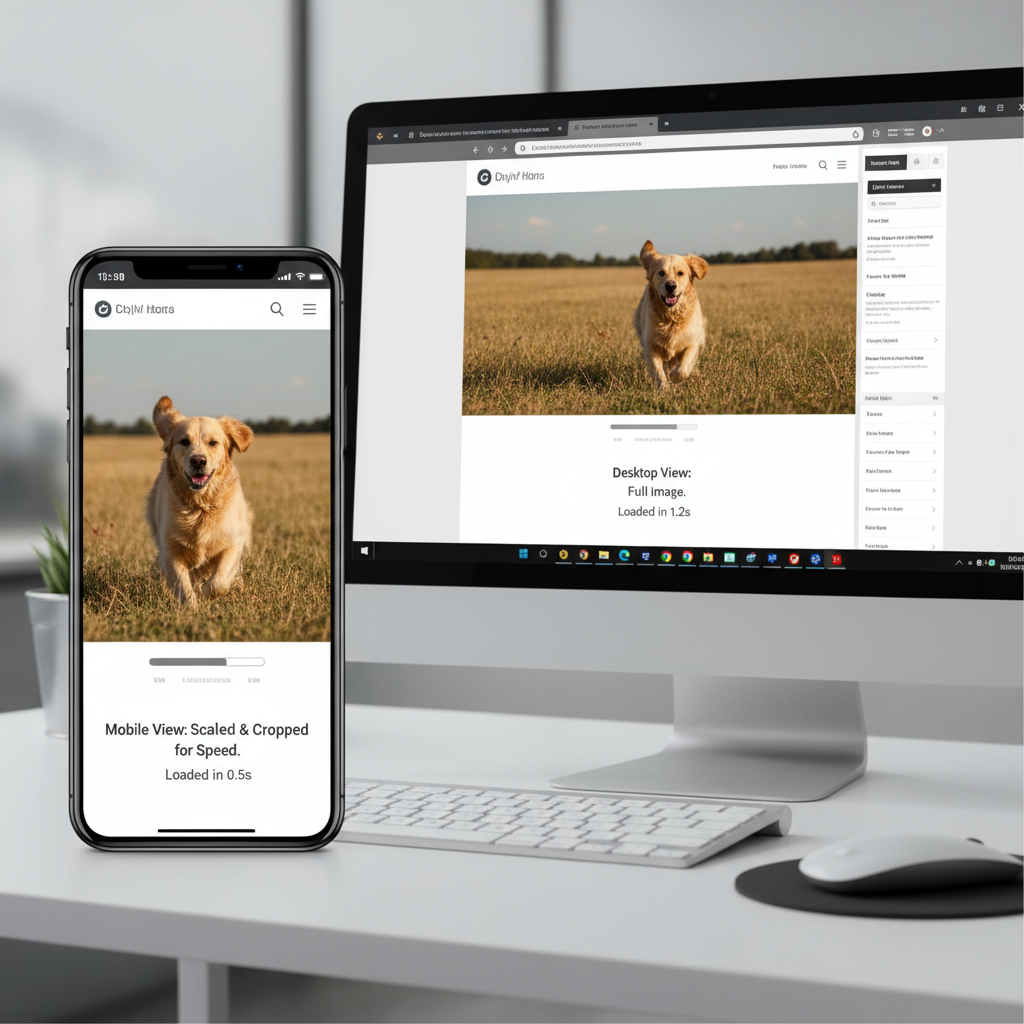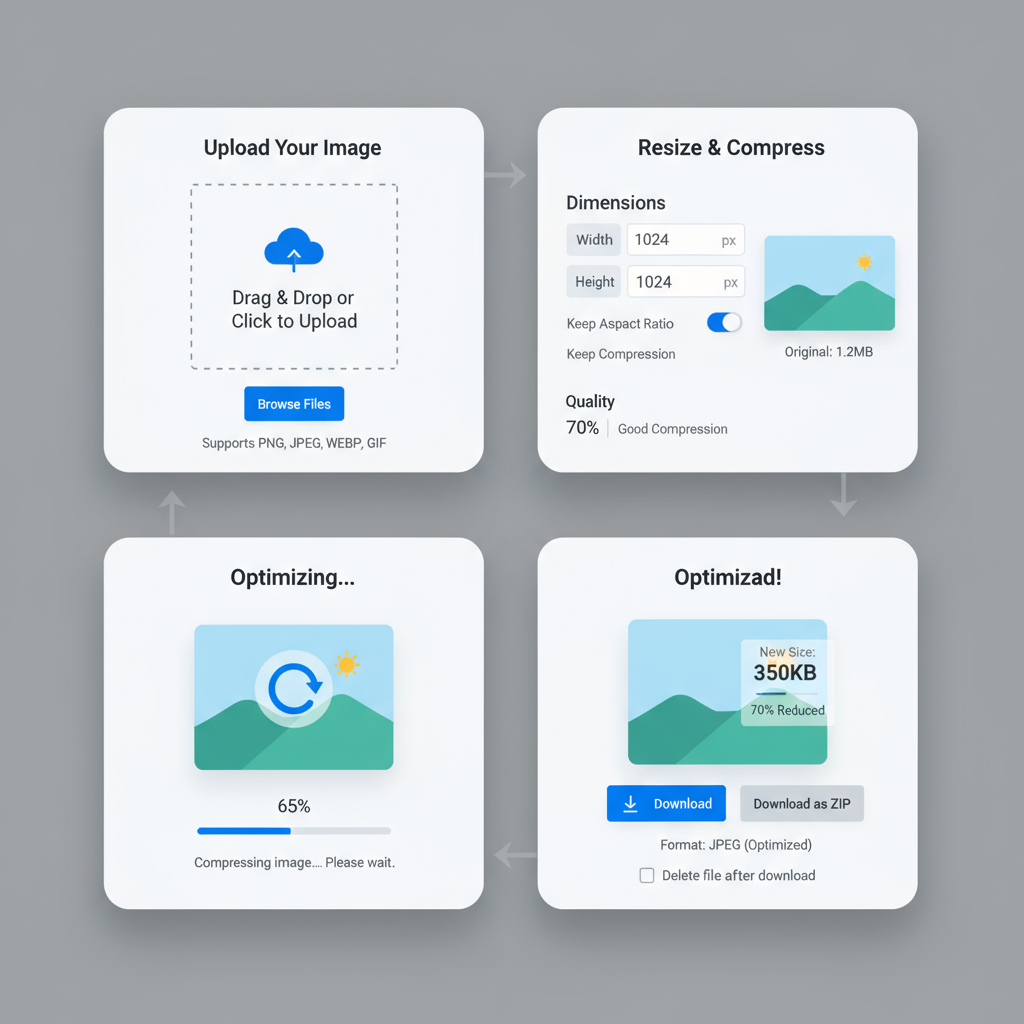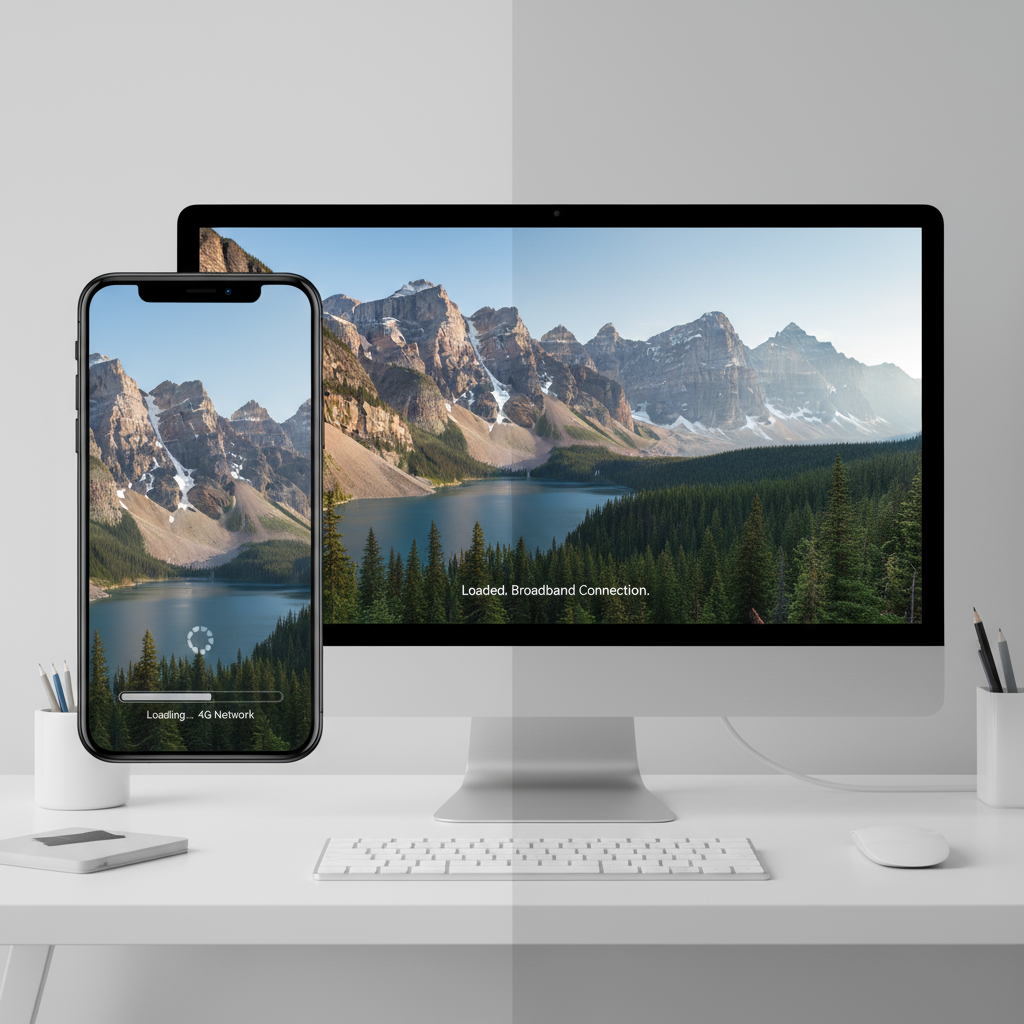X Image Size Guide for Profiles, Headers, and Posts
Learn ideal X image dimensions for profiles, headers, posts, and ads, plus tips to optimize load speed, engagement, and cross-device display.

Understanding What "X Image Size" Means and Why It Matters
When sharing visuals on X (formerly Twitter), the term X image size refers to the ideal pixel dimensions, aspect ratios, and file formats that ensure your images display perfectly on the platform. Following these guidelines is crucial for:
- Sharp visuals without pixelation.
- Proper fit across mobile, desktop, and tablet.
- Fast loading speeds to reduce bounce rates.
- Increased engagement with high-quality imagery.
Failing to meet recommended X image size standards can result in stretched layouts, awkward cropping, or blurred images — all of which negatively affect brand perception and click-through performance.

---
X Platform Overview: Default Image Dimensions and Aspect Ratios
Every type of content on X — from profile pictures to ads — adheres to specific dimensions and aspect ratios. While X compresses files automatically, matching their recommendations helps avoid distortion or unwanted cropping.
Supported formats: JPG, PNG, and GIF (animated GIFs only in posts, not headers).
File size limits:
- Profile photos — up to 2 MB
- Header images — up to 5 MB
- In-feed photos — up to 15 MB (web uploads)
Common aspect ratios:
- 1:1 (square) — profile pics
- 3:1 — header images
- 16:9 — in-feed landscape photos
- 4:5 — vertical images to maximize mobile screen space
---
Recommended Image Sizes for Profiles, Headers, Posts, and Ads
To achieve crisp, well-cropped visuals, start with these recommended pixel sizes while maintaining the right aspect ratios:
| Image Type | Recommended Size (px) | Aspect Ratio | Max File Size |
|---|---|---|---|
| Profile Picture | 400 x 400 | 1:1 | 2 MB |
| Header Image | 1500 x 500 | 3:1 | 5 MB |
| In-Feed Image (Single) | 1200 x 675 | 16:9 | 15 MB (web) |
| In-Feed Image (Multiple) | 1200 x 1200 | 1:1 | 15 MB (web) |
| Ad Image (Landscape) | 1200 x 628 | 1.91:1 | 5 MB |
| Ad Image (Square) | 1080 x 1080 | 1:1 | 5 MB |
Notes:
- Keep critical elements away from edges to allow for device cropping differences.
- Limit text due to compression effects.

---
How Image Size Influences Load Speed, Engagement, and Discoverability
Image size directly impacts load speed, a key user experience metric. Large files delay page rendering, especially on slower networks, increasing bounce rates.
From an algorithmic standpoint:
- Faster-loading posts lower abandonment rates.
- High-quality, clear visuals generate stronger engagement signals.
- Well-performing content can earn higher visibility in X’s ranking feed.
---
Tools to Resize and Compress Images Without Quality Loss
Optimizing X image sizes is straightforward using free or professional tools:
- Canva — ready-made X templates.
- Adobe Express — quick resize and conversions.
- TinyPNG / TinyJPG — efficient batch compression.
- Squoosh (Google) — granular compression controls.
- GIMP / Photoshop — advanced editing and export management.
Quick Resize with Online Tool (JavaScript Example)
// Simple example: resizing an image in the browser
const resizeImage = (file, width, height) => {
const img = new Image();
const canvas = document.createElement('canvas');
const ctx = canvas.getContext('2d');
img.onload = () => {
canvas.width = width;
canvas.height = height;
ctx.drawImage(img, 0, 0, width, height);
canvas.toBlob((blob) => {
// Upload blob to server or replace file
}, 'image/jpeg', 0.85);
};
img.src = URL.createObjectURL(file);
};---
Best Practices for Mobile and Desktop Compatibility
With mobile accounting for over 80% of X usage, design for small screens first.
Tips:
- Preview across desktop and mobile before posting.
- Use bold fonts; thin text may vanish on mobile.
- Experiment with vertical ratios to dominate feed space.
Safe Zones: Always keep important content centered to prevent UI elements and cropping from obscuring it.

---
Common Mistakes to Avoid
Avoid these frequent errors:
- Uploading images smaller than recommended — leads to pixelation when scaled.
- Using incorrect aspect ratios — causes unintended cropping.
- Over-compressing — loses visual detail.
- Positioning text near edges — text can be cut off.
- Overlooking dark mode — light text can become unreadable.
---
Preparing High-Resolution Images for X
Steps for optimal balance between sharpness and size:
- Begin with high-res source files and reduce to platform specs.
- Export in sRGB color profile.
- Save JPEGs at 80–90% quality to maintain detail.
- Use vector artwork when possible, exporting to PNG/JPG as needed.
---
Testing Image Performance with Analytics
X’s native analytics and third-party tools help identify what works visually.
Approach:
- Run A/B tests with same text, different image sizes or styles.
- Measure impressions, engagement, and clicks.
- Detect trends in format preference.
- Apply heatmap analysis to linked images.
Key Metrics:
- Engagement rate = (likes + comments + retweets) ÷ impressions.
- Click-through rate (CTR).
- Follower growth from image-led campaigns.
---
Final Checklist Before Posting on X
- Correct dimensions for the content type.
- Aspect ratio matches specs.
- File size under limit.
- Safe zones respected.
- Desktop and mobile previews completed.
- Compression optimized without sacrificing quality.
- Colors tested in both light and dark modes.
---
By mastering the correct X image size specifications, you guarantee that your content remains visually sharp, loads quickly, and captures audience attention. This strategic optimization can elevate brand visibility, encourage engagement, and give your posts a competitive edge. Start applying these tips now to make the most of every image you share on X.




